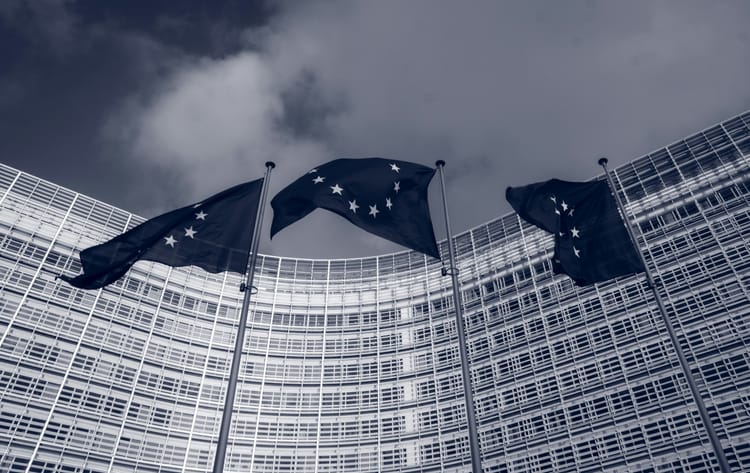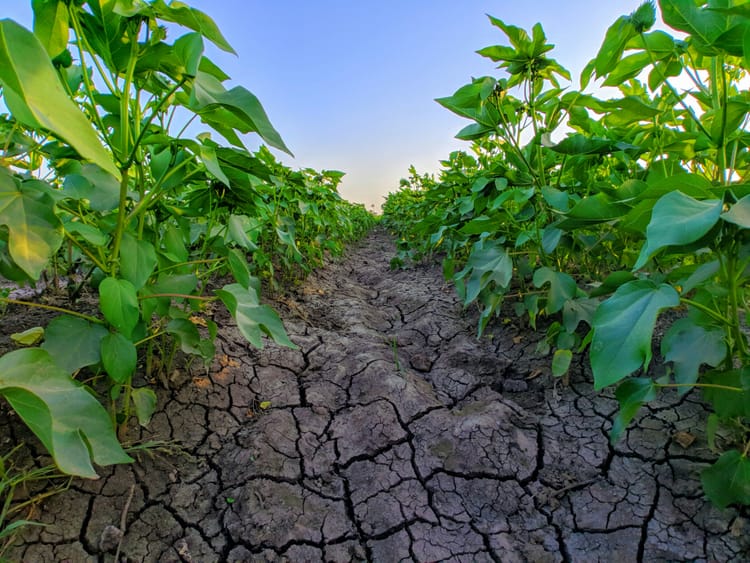EU Carbon Removal Certification Framework: Provisional deal leaves many gaps

Negotiators have reached an agreement on the EU Carbon Removal Certification Framework, paving the way for a regulated voluntary carbon market that aims to promote long-term CO2 storage and regenerative agriculture practices.
The deal was reached in the early hours of February 20 and met with mixed reactions, with most experts pointing to the lack of detail in the current text. Carbon Market Watch asked for an outright rejection of the framework, claiming that it “promotes greenwashing rather than prevents it”, while the European Environmental Bureau called out the text’s “severe shortcomings”. But for others, the agreement is a step in the right direction.
Avoided deforestation excluded from EU Carbon Removal Certification Framework
In its current form, the EU Carbon Removal Certification Framework excludes certain activities from its scope. For instance, no removal credit can be generated from avoided deforestation (perhaps the most controversial type of carbon offset) or enhanced oil recovery.
The framework also provides more clarity on how to generate credits from agricultural activities (something known as carbon farming): it differentiates between ‘temporary carbon storage’ from restoring forests and soil, wetland management or seagrass meadows and ‘soil emission reduction’, which includes carbon and nitrous oxide reductions from soil and wetland management resulting in an improvement in the soil carbon balance.
In the latter category, the text references regenerative agricultural practices such as no tilling and cover crop practices, combined with the reduced use of fertiliser – and adds that these projects must present at least one biodiversity co-benefit. For Orson Acosta Romero de Tejada, co-founder of Spanish regenerative agriculture project firm Azolla Projects, this is a key safeguard.
CRCF and carbon farming safeguards
“Something we found worrying was that some agrochemical companies are trying to position themselves in the regenerative agriculture transition, focusing purely on carbon and opening the door for the use of glyphosate, for example, which doesn’t interfere in carbon storage but kills biodiversity. The fact that they have made this point [about biodiversity co-benefits] and that it is an essential requirement seems to me to be very good news,” he told CSO Futures on a call.
Additionally, the framework states that carbon farming activities “must not lead to land being acquired for speculative purposes negatively affecting rural communities”, another safeguard for farmers.
In general, the agreement is likely to be well received by farmers protesting for better economic conditions across the EU.
“I think farmers will see it positively because it is one more option to have another source of income and one more reward for doing things well. They are very angry because many punitive rules have been imposed on them, but they see anything voluntary that can be a source of added income positively,” the Azolla Projects founder adds.
But for Wijnand Stoefs, Carbon Market Watch’s lead expert on carbon removals, the text is lacking the most important safeguard of all – a statement that credit must be used as a complement to meaningful carbon reduction measures: “Even the fundamental principle that removals must complement, not substitute, emission reductions has been violated. Instead of providing the strong foundation for future EU carbon removals policy, the CRCF has plunged it into quicksand,” he writes.
Carbon Removal Certification Framework limitations
The EU’s newly published Carbon Removal Certification Framework does give answers to some of the questions asked by market players. For instance, it clarifies that removal credits will be used on a voluntary basis, not as part of the mandatory EU Emissions Trading System (ETS). Additionally, they can contribute to meeting nationally determined contributions (NDC) under the Paris Agreement, but they cannot be sold to entities outside the EU.
However, the CRCF does not provide much clarity on the acceptable methodologies for quantifying carbon removals, and has left livestock out of the equation for now, requesting instead the the European Commission produce a report on pilot certification methodologies for activities that reduce emissions from enteric fermentation and manure management by 2026.
“The conversation about the livestock sector has been kicked forward to 2026, which is problematic,” says Acosta. “Regenerative agriculture looks at integrating livestock with other agricultural activities, and here it seems like they are separating them.”
The current framework also lacks details on its integration with other EU mechanisms, such as the Common Agricultural Policy, the Carbon Capture and Storage (CCS) Directive or even the Carbon Border Adjustment Mechanism (CBAM).
“The CRCF appears to be not integrated sufficiently into the climate policy landscape of the EU due to reasons of conflicting interests, silos in policy making and lobbying forces. We should do better!” laments Zsolt Lengyel, former chairman (now secretary) of the Institute for European Energy and Climate Policy Foundation (IEECPF).
Acosta also believes EU regulators could leverage CBAM and the Carbon Removal Certification Framework for the benefit of European farmers by demanding that importers of food produced outside of the EU using processes or inputs forbidden within its own borders offset their impacts by purchasing removal credits from within the EU. “The proposal would be to include the agricultural sector in CBAM, not through the EU ETS but through this voluntary market,” he adds.







Member discussion